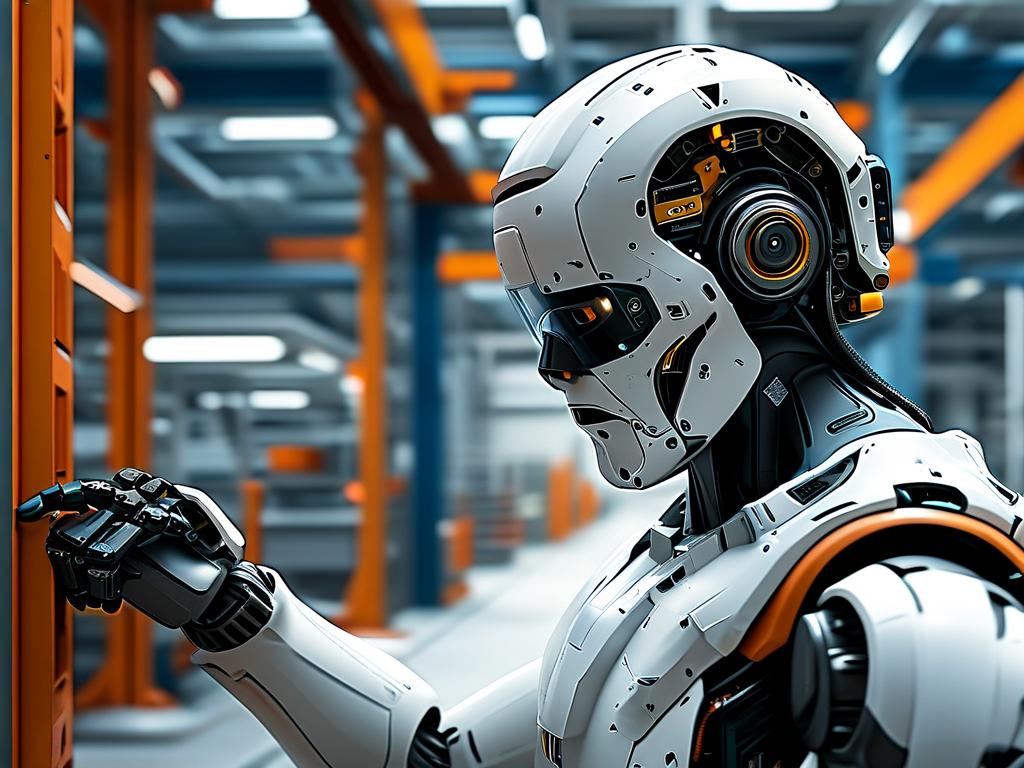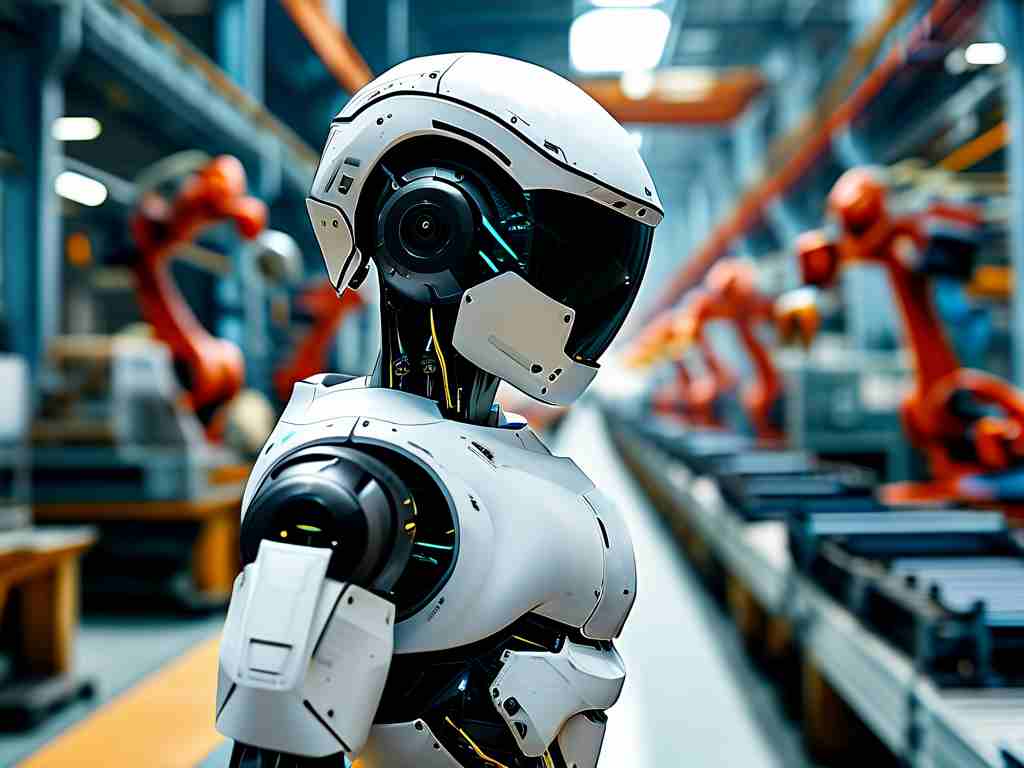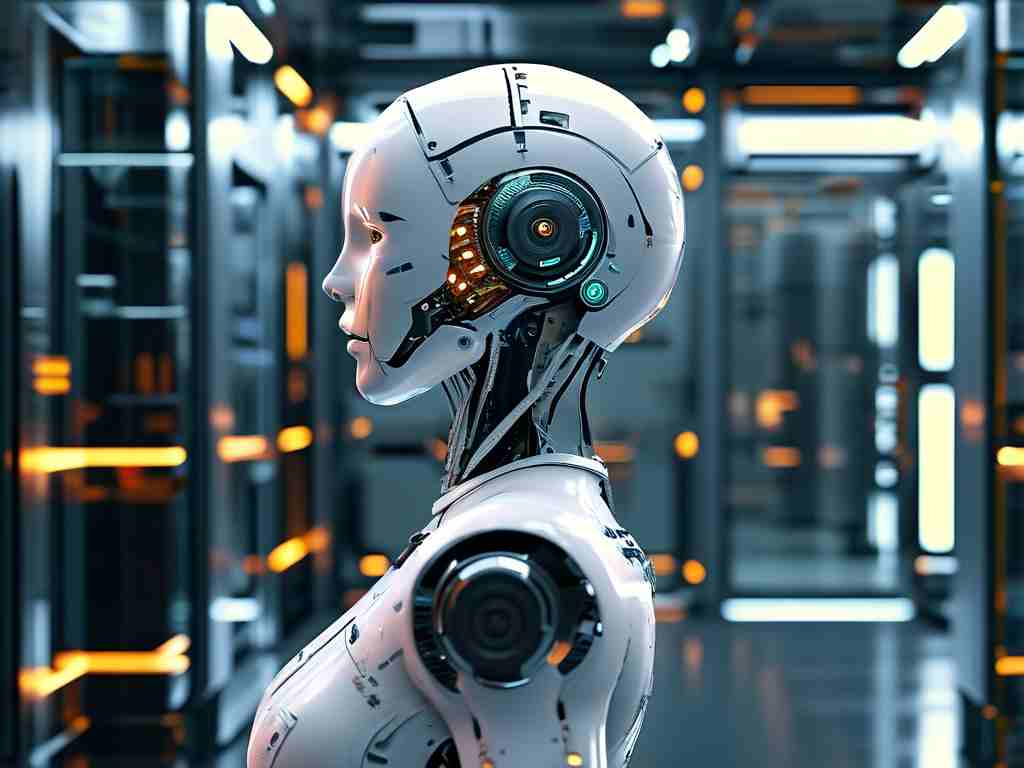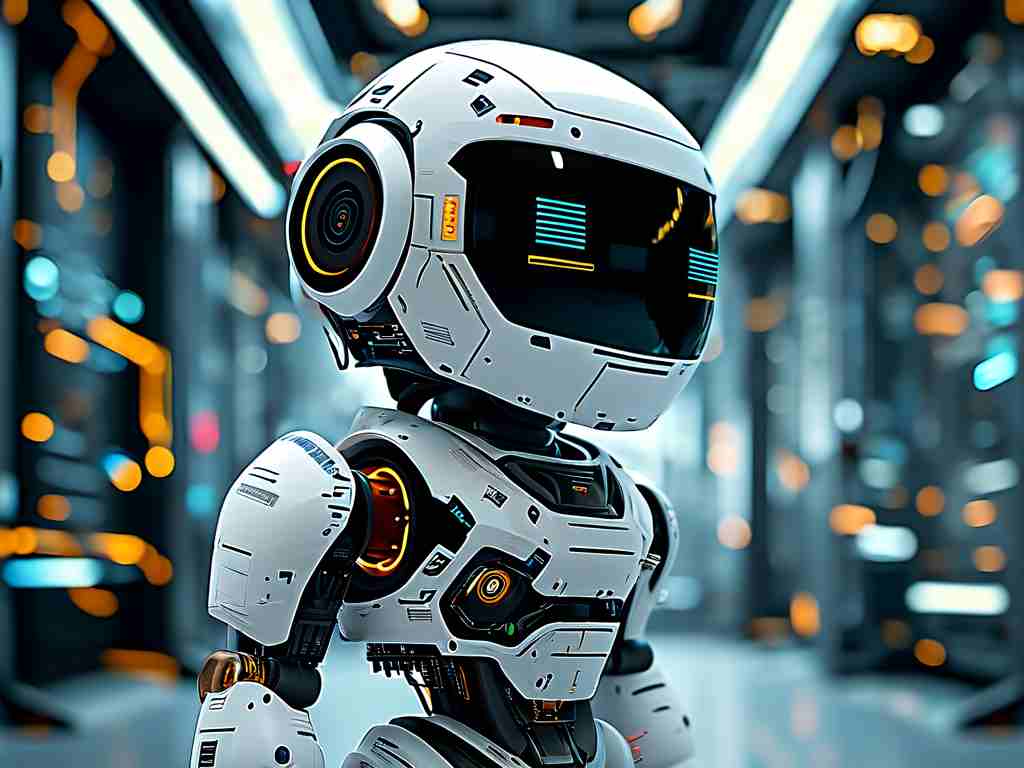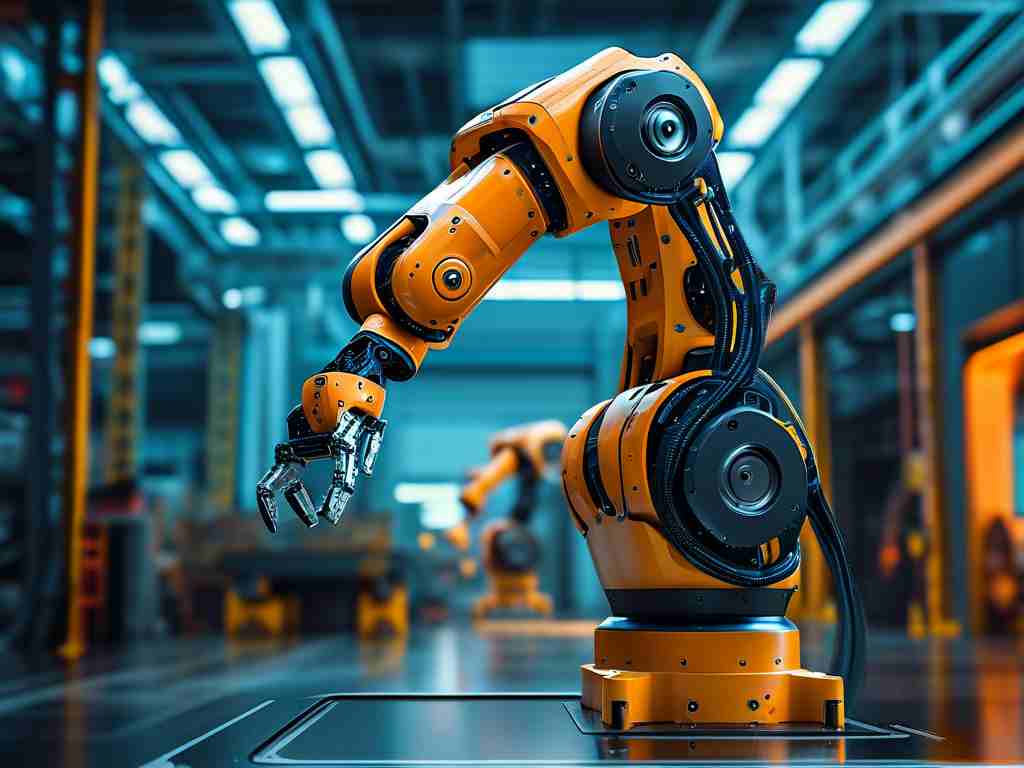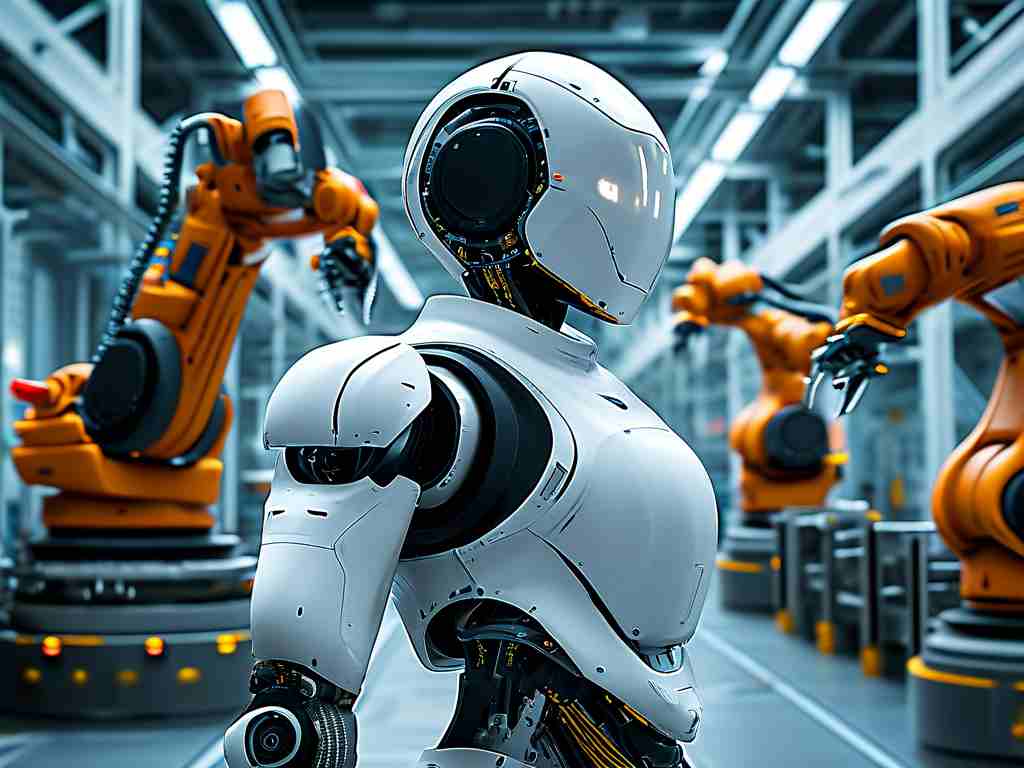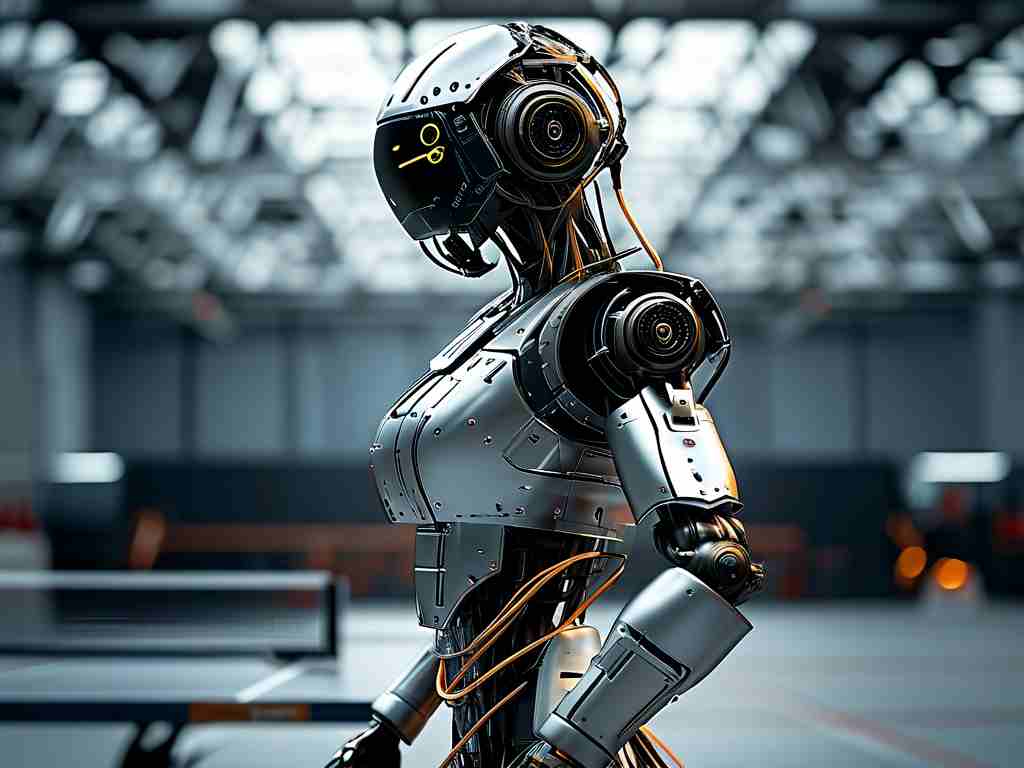The evolution of industrial automation has reached new heights with TianGong Robotics emerging as a frontrunner in intelligent manufacturing solutions. Unlike conventional robotic systems, TianGong's technology integrates adaptive neural networks with multi-axis motion control, achieving micron-level precision in high-speed production environments. This breakthrough addresses a longstanding industry challenge: maintaining accuracy while scaling operational speed.
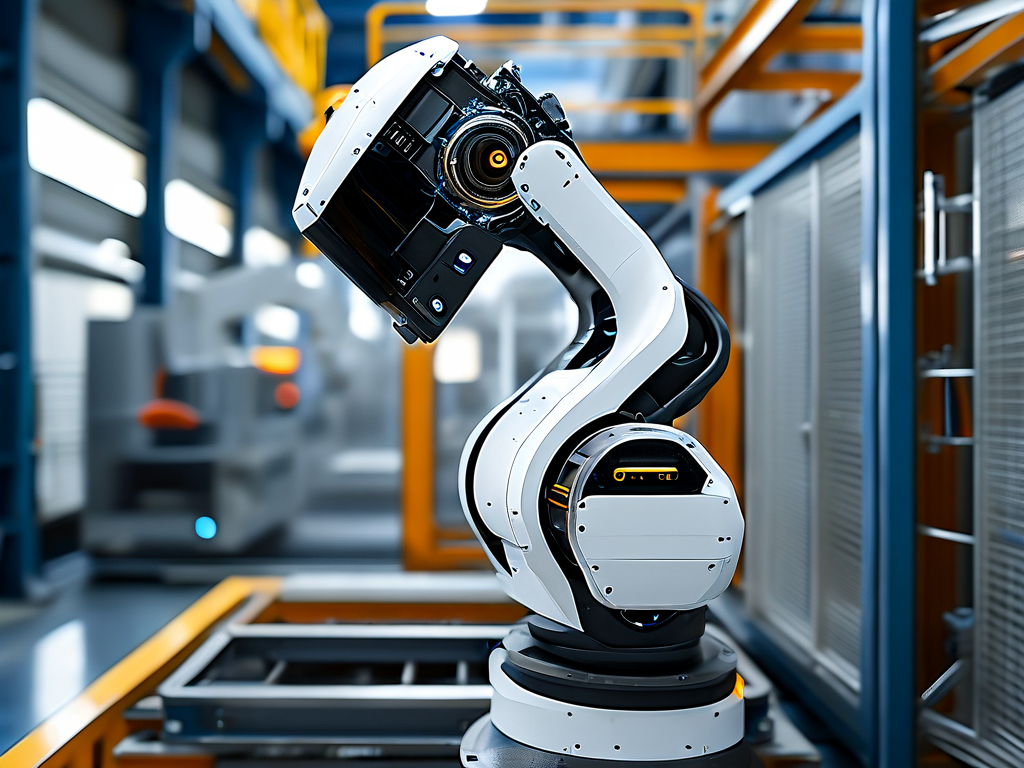
At the core of TianGong's innovation lies its proprietary Dynamic Calibration System (DCS), which continuously adjusts robotic movements based on real-time environmental feedback. Traditional industrial robots require manual recalibration when ambient temperatures fluctuate by even 2-3°C, causing costly production pauses. TianGong's thermal compensation algorithms autonomously counteract metal expansion effects, sustaining ±0.005mm positioning accuracy across temperature variations up to 15°C—a 400% improvement over standard ISO 9283 specifications.
Another standout feature is the Haptic Vision Module, merging force sensing with 3D machine vision. During automotive assembly trials, this technology enabled robots to detect and correct sub-millimeter misalignments in door panel installations—a task previously requiring human intervention. The system's pressure-sensitive grippers can distinguish between material densities with 98.7% accuracy, preventing damage to fragile components like carbon fiber parts while handling payloads exceeding 50kg.
Energy efficiency forms a critical pillar of TianGong's design philosophy. Their Regenerative Drive System captures kinetic energy during deceleration phases, converting it to reusable power. Field tests in electronics manufacturing plants demonstrated 22% reduced energy consumption compared to servo-driven counterparts, translating to annual savings of 180MWh for medium-scale production lines. This aligns with global sustainability initiatives without compromising operational throughput.
The company's Cross-Platform Interoperability Framework deserves special mention. Unlike proprietary systems that create vendor lock-in, TianGong robots seamlessly integrate with equipment from major manufacturers like Siemens, Fanuc, and ABB. A recent implementation at a smart warehouse showcased this capability, where TianGong's collaborative robots (cobots) synchronized with legacy conveyor systems through universal API gateways, reducing integration time from weeks to 72 hours.
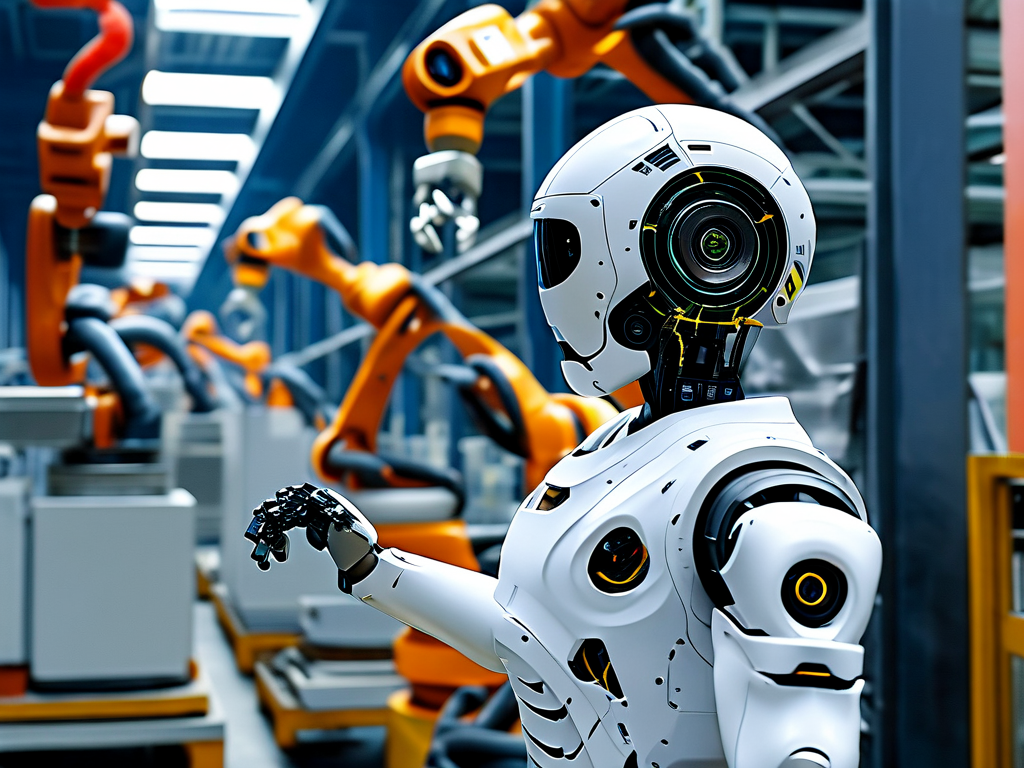
Safety innovations include Predictive Collision Avoidance using LiDAR and millimeter-wave radar fusion. In crowded workspaces, robots preemptively adjust trajectories 0.8 seconds before potential impacts—twice as fast as industry benchmarks. This dual-sensor approach eliminates blind spots, particularly crucial when handling hazardous materials. During pharmaceutical packaging operations, the system successfully prevented 143 near-miss incidents over six months.
Looking ahead, TianGong's R&D team is pioneering Self-Optimizing Production Clusters. Early prototypes in semiconductor fabrication plants autonomously redistribute tasks when detecting equipment anomalies. In one instance, a cluster rerouted wafer processing workflows within 12 seconds of identifying a cooling system fault, preventing $2.3M in potential scrap losses.
These technological strides position TianGong Robotics not merely as equipment suppliers but as architects of next-generation smart factories. By harmonizing precision, adaptability, and energy intelligence, they're setting new paradigms for manufacturing efficiency in the Industry 4.0 era.


